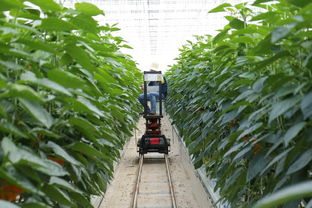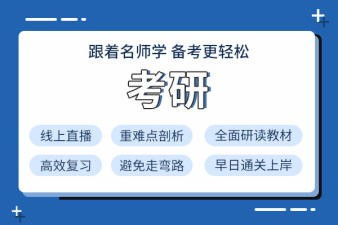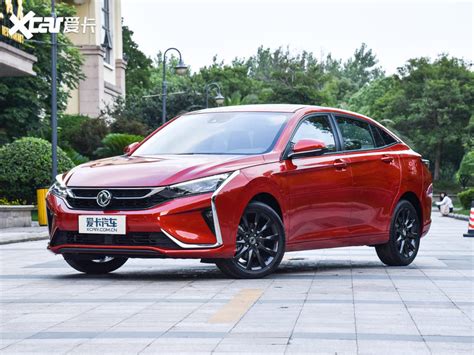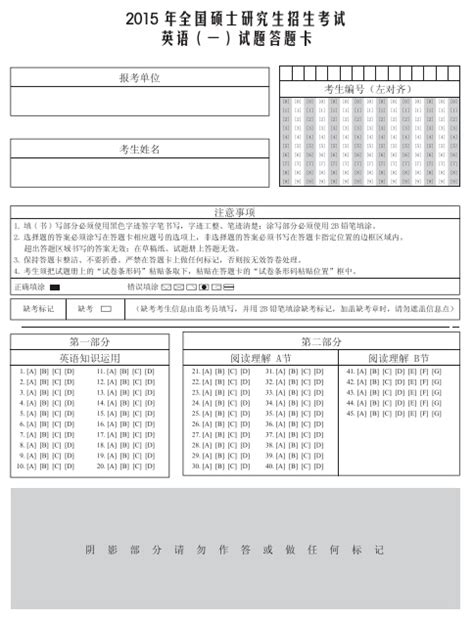Exploring the World of Public Transportation: The English Term for "公共汽车"
Public transportation plays a crucial role in urban mobility, offering convenient and sustainable travel options for millions of people worldwide. In English, the term "公共汽车" translates to "bus." Let's delve deeper into the concept of buses in the realm of public transportation:
Buses are a staple mode of public transportation, operating on predefined routes with designated stops to pick up and drop off passengers. These vehicles come in various sizes and configurations, catering to different passenger capacities and travel needs.
Buses serve as lifelines for urban areas, facilitating the movement of commuters within cities and towns. They provide an affordable, accessible, and environmentally friendly alternative to private vehicles, reducing traffic congestion and air pollution.
Public bus services are diverse, offering specialized routes and amenities to accommodate varying passenger demographics and travel demands:
- City Bus: Operating within urban areas, city buses serve as the primary mode of public transportation for short to mediumdistance travel.
- Express Bus: Express buses offer faster travel times by making limited stops along major routes, catering to commuters traveling longer distances.
- Shuttle Bus: Shuttle services connect specific locations such as airports, train stations, and tourist attractions, providing convenient pointtopoint transportation.
- DoubleDecker Bus: These buses feature two levels of seating, maximizing passenger capacity and offering panoramic views, commonly used in touristcentric cities.

Bus transportation offers several advantages contributing to its widespread use and popularity:
- CostEffective: Buses are a costeffective mode of transportation for both passengers and transit authorities, requiring lower infrastructure investment compared to railbased systems.
- Accessibility: Buses serve diverse communities, including those without access to private vehicles, elderly individuals, and people with disabilities.
- Flexibility: Bus routes can be easily adjusted to adapt to changing travel patterns, population growth, and urban development.
- Sustainability: As a form of public transportation, buses contribute to reducing greenhouse gas emissions and mitigating environmental impact by encouraging carpooling and reducing individual car usage.
Despite their benefits, buses face challenges such as traffic congestion, operational inefficiencies, and funding constraints. Addressing these challenges requires innovative solutions, including:
- Infrastructure Investment: Investing in dedicated bus lanes, traffic signal prioritization, and modern bus terminals to enhance operational efficiency and reliability.
- Technological Integration: Implementing realtime tracking systems, mobile ticketing apps, and onboard amenities to improve the passenger experience and attract more riders.
- Collaborative Planning: Engaging with stakeholders, urban planners, and transit agencies to develop integrated transportation networks that prioritize public transit and promote multimodal connectivity.
From bustling metropolises to suburban communities, buses play a vital role in shaping the landscape of public transportation. Understanding the term "bus" in English broadens our perspective on the diverse array of vehicles and services available to commuters worldwide.
版权声明
本文仅代表作者观点,不代表百度立场。
本文系作者授权百度百家发表,未经许可,不得转载。











